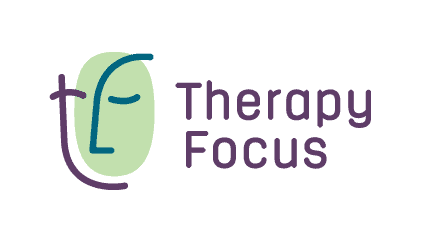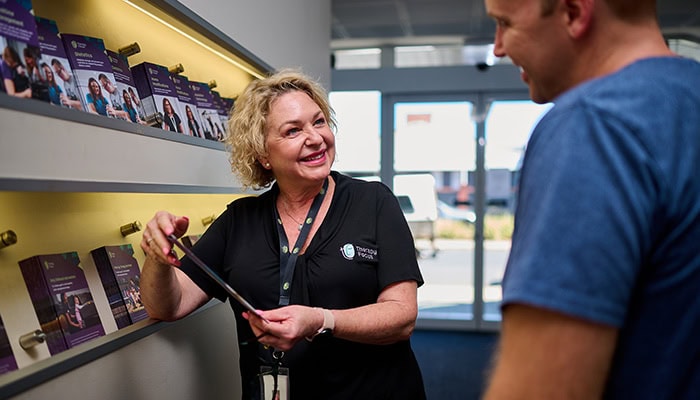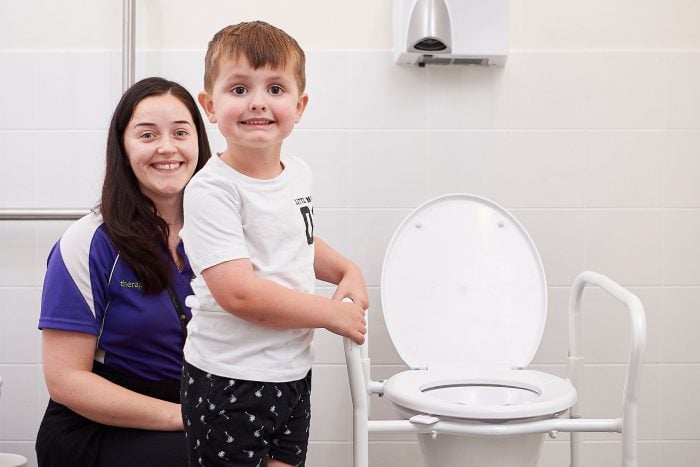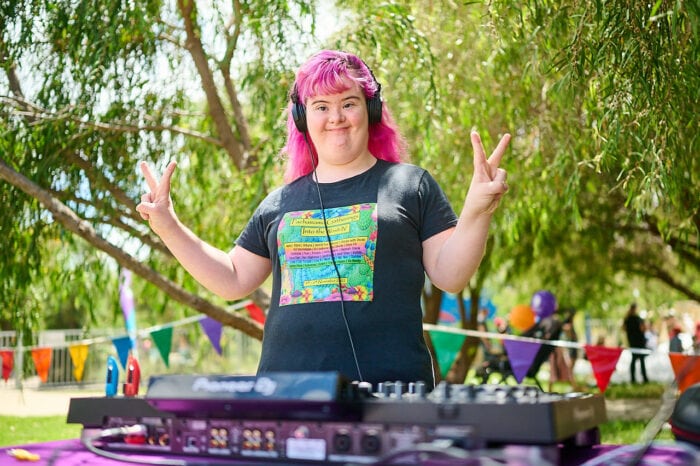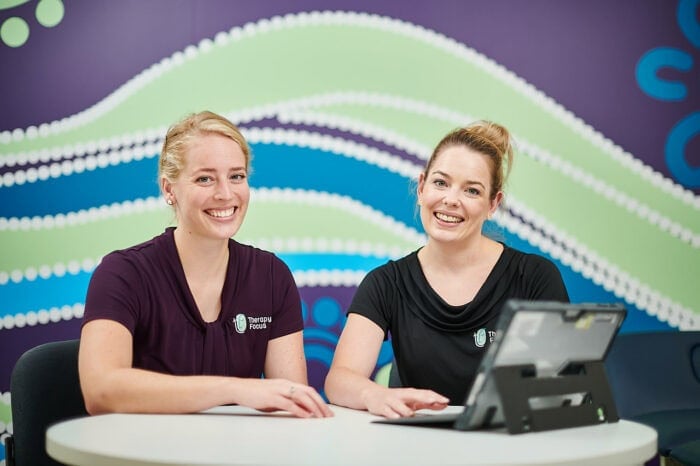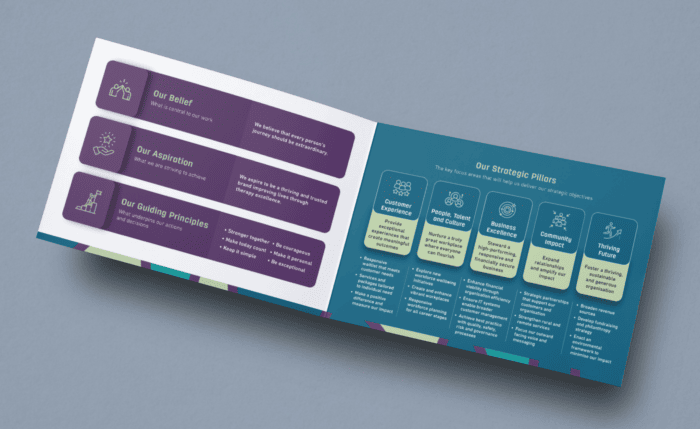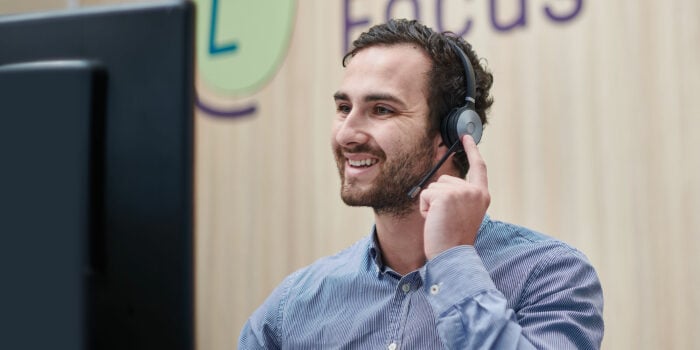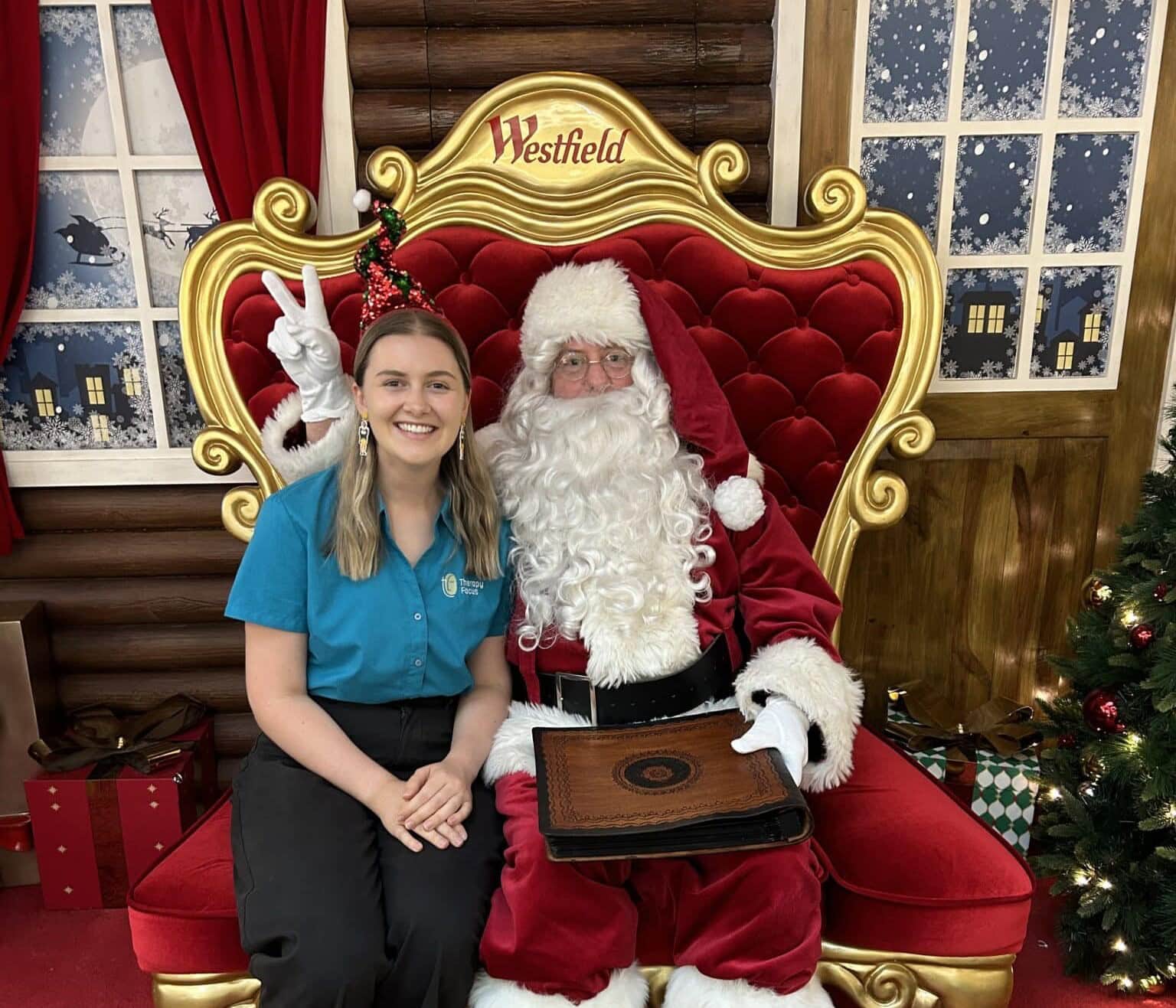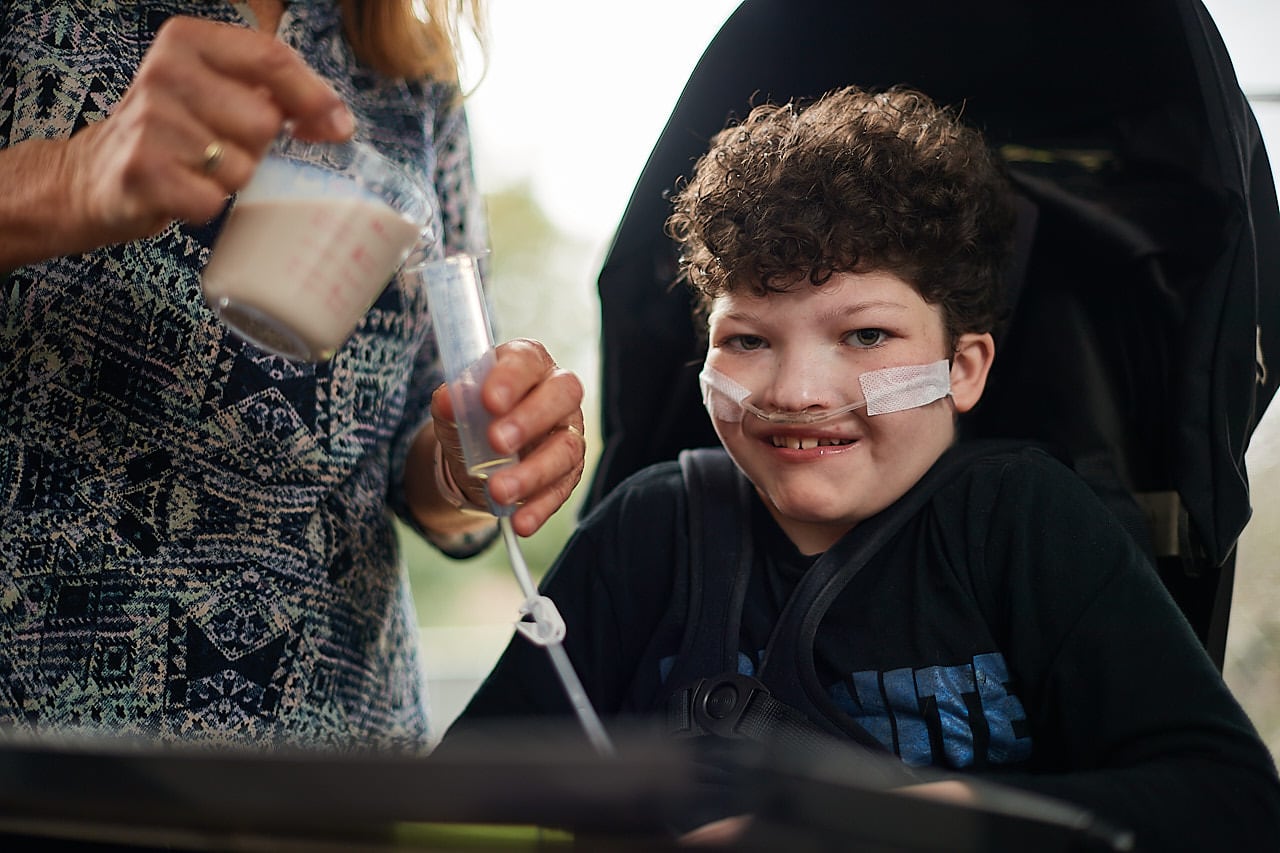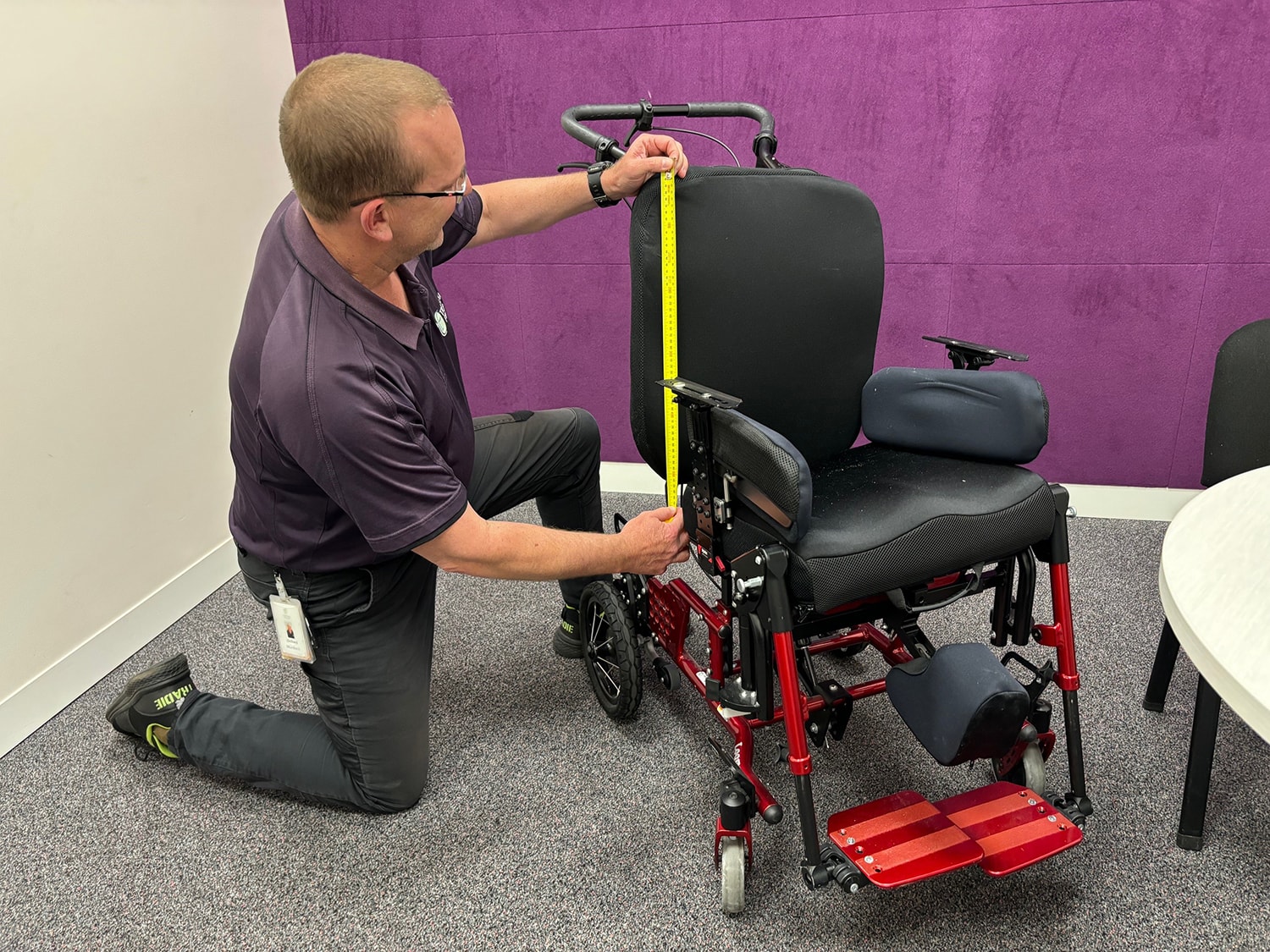A day in the life of a Speech Pathologist
What does a Speech Pathologist do? According to Therapy Focus Senior Speech Pathologist, Holly Pearse, no two days are the same, but she shares an insight into a recent working day in the following:
8:30am – 9:00am
I arrive at the office and prepare for my day. I’m based at Therapy Focus’ Bentley office, so I see customers either in the office here at Bentley, at schools during term time, at daycare, workplaces, in the community or in their home.
Preparing for my sessions includes reading through each customer’s last session notes and therapy goals to make sure we are focusing on the right areas and building on the skills developed in our previous session. I gather resources for each customer based on their therapy goals.
I also use this time to check in with my colleagues, respond to emails and make a cup of tea!
8.30am – 9:15am
My first customer is a 7-year-old boy who I see here at the clinic with his dad. This young boy is Autistic and has been developing his language skills. We are working on his ability to understand information and put his thoughts into words and sentences. We use play-based therapy to work on shared attention, following instructions, using past tense verbs, plurals and pronouns in our spoken sentences and creating short narratives.
I use key word sign and visual supports, along with speech when we are playing. This supports his understanding of the words I’m saying and ensures that he is fully immersed in language. I also support his ability to regulate and attend throughout the session with a visual schedule, regular movement/brain breaks (jumping on the trampoline, playdough and animal walks) and incorporate his passion for numbers and maths in all of my activities.
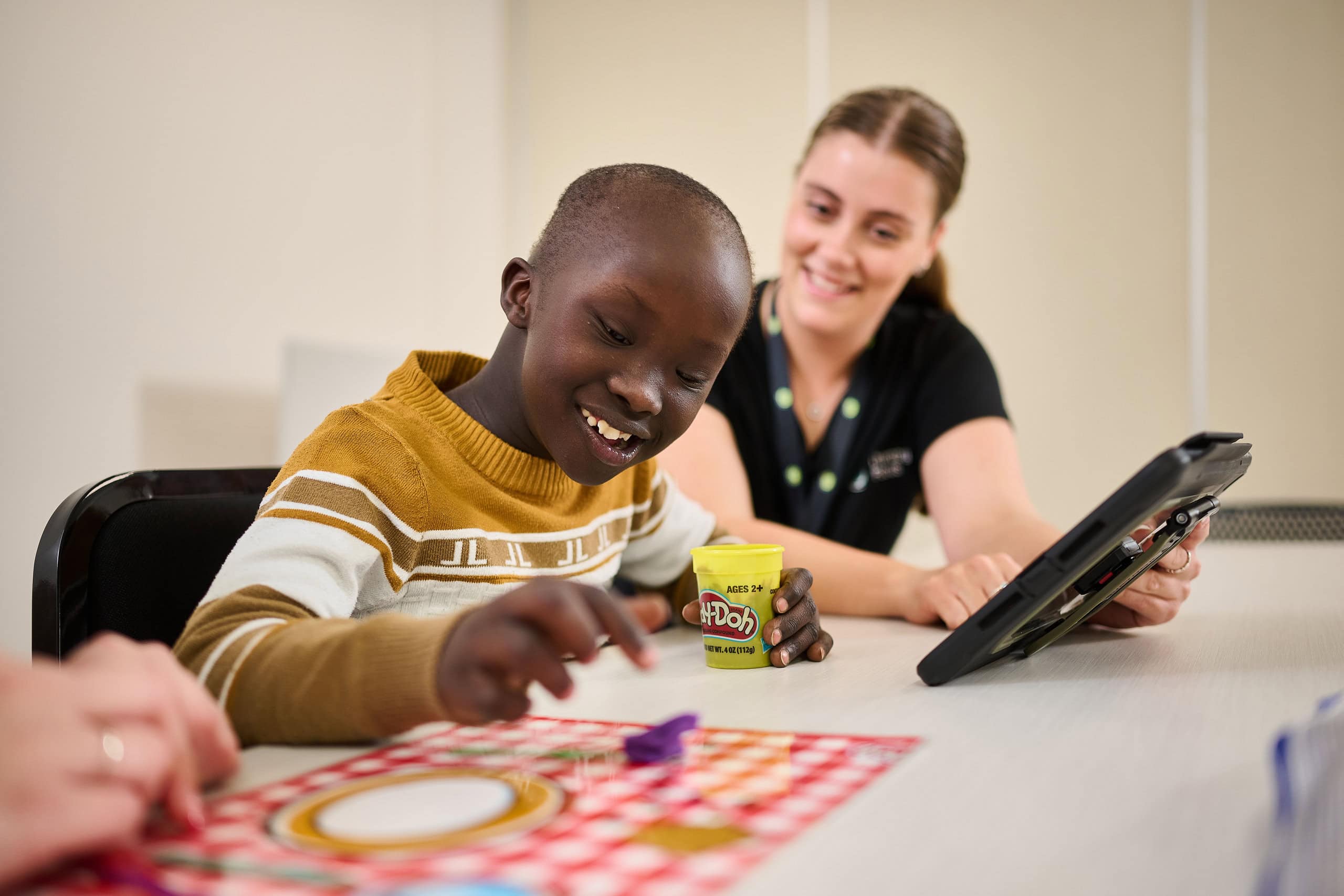
9:15am – 9:45am
I complete clinical notes for my first customer then get onto some more emails and tasks. I supervise another speech pathologist within our team and have our monthly supervision meeting with her this afternoon, so I review her agenda in preparation for this.
9:45am – 10.45am
I travel out to see my next customer at her home. She is a 22-year-old woman with an intellectual disability, and we are working on using her communication device (NovaChat 8) to supplement her verbal communication to help her participate in conversations with family, friends and the greater community. She has been using her communication device for many years, and is extremely familiar with it, but needs some extra help to develop her verb vocabulary and sentence structure. I work with her and her support worker to explore the device during informal conversations. We talk about her favourite music (and sing together), look at videos of animals (she loves looking at videos of my pet sheep!) and talk about what she has been doing with her support worker.
11:00am – 12:15pm
I head to an education support high school to see a 12 year old girl with a severe neurological impairment (not otherwise specified) with similarities to Rett Syndrome. She has minimal voluntary control of her upper limbs and is non-speaking. I am supporting her to communicate using her eye gaze communication device. This is a communication app (TD Snap) on a Surface Pro with an eye tracker that allows her to control the screen by capturing her eye movements when she looks at it. We spend time exploring the device and I add meaning to any words she might select and say on the device. Then we play with some bubbles, and she uses her device to talk about the bubbles. She even states “me” and rounds her lips in an attempt to blow the bubbles herself! Her Education Assistant and Teacher are so excited to hear her share her opinions and enjoy our interaction. They watch on and I give them tips on how to support her access to the device and model language throughout the day.
I also support her with her mealtimes, ensuring she is safe to eat certain textures as she has difficulty chewing and swallowing some foods. I notice she is not quite sitting all the way back in her wheelchair and her feet are coming off the footplate. Her Education Assistant and I discuss this, and she tells me she has also noticed this happening lately. I make a note to follow this up with her Physiotherapist after my session, who can make some adjustments to her chair to ensure she has the correct posture and is seated comfortably. Correct and supported posture is an important part of mealtime safety as it helps keep food and liquids moving from mouth to stomach safely and means the person can focus more on their mealtime instead of trying to keep their body steady. I’m grateful to have a skilled therapy team working alongside me for this customer as there are many areas of support that require input from each discipline to help her achieve her goals.
12:00pm – 12:30pm
I head back to the Bentley office and break for lunch. Lunch is always a great time to catch up with colleagues. We all try to break at the same time so we can have some time together during our busy days.
12:50pm – 2:00pm
It’s time to head back out to a community visit. I am seeing a 28 year old adult customer who lives in supported independent living accommodation. She lives by herself but has support workers on staff 24 hours a day to support her daily needs and take her out in the community. Today I am meeting her and her support worker at her favourite local bakery. I am supporting community access as well as communication in these sessions. She communicates via gestures, Key Word Sign, vocalisations, facial expressions and her communication device (NovaChat 8). Her Occupational Therapist, Behaviour Support Practitioner and I have spent a lot of time working with her support staff to understand how she communicates and what she might be trying to express through her behaviours/actions.
During this session we discuss some recent changes to her support team, places they have recently visited in their outings and communication strategies that support workers can use when they are on shift. My customer enjoys a slice of carrot cake, selects a drink and then checks the bakery is maintaining its cleanliness. She likes her environment to be clean and organised so empty coffee cups, leftover napkins and plates all get sent to the counter. The staff here are all familiar with her and greet her warmly and thank her for helping out.
She uses Key Word Sign “hurry up” and “time” and vocalisations to indicate that she is ready to go so we say goodbye and I head back to the office.
2:15pm – 3:15pm
It’s time for my monthly catch up with one of my Clinical Supervisees. It’s company policy that we meet monthly with both our Team Leader and our Clinical Supervisor. Although we work in a multidisciplinary team and get support from each other daily, this structured supervision is a great time to talk about difficult situations and the sometimes tricky task of helping customers achieve their goals.
Today we talk about different therapy approaches for childhood apraxia of speech, assessment processes for identifying suitable Augmentative and Alternative Communication (AAC) devices for customers and check in on her learning and professional development goals.
3:30pm – 4:15pm
My last session for the day is in the clinic with a 13 year old lad who is Autistic. We are exploring social communication styles, self-advocacy and understanding different perspectives. We discuss what he has observed and experienced at school with his peers and play a game of ‘would you rather’ which always encourages some healthy debating and sometimes changing of opinions depending on how convincing the other person can be. We also spend time engaging in conversations about shared interests (our pets and love of all different animals), which is supporting him to feel more confident being an active participant in social conversations with people outside of his family.
4:15pm – 5:00pm
The rest of my work day is spent completing my notes for the days’ appointments, catch up on emails that have come in throughout the day and follow up with my customers physiotherapist so she can check her seating.
Speech Pathology is a wonderfully varied role that allows you to care for and support people with a variety of differences and experiences across many different settings. It calls on your skills to communicate, be creative, resourceful, friendly and caring. You also need to be organised and capable of problem-solving on the fly! Every day is a learning curve, but with a supportive team and consistent professional development opportunities, it is the most rewarding job out there!
Curious about speech pathology?
Our speech pathology services are available to people of all ages who have Autism Spectrum Disorder, intellectual, neurological and physical disabilities, as well as developmental delays.
